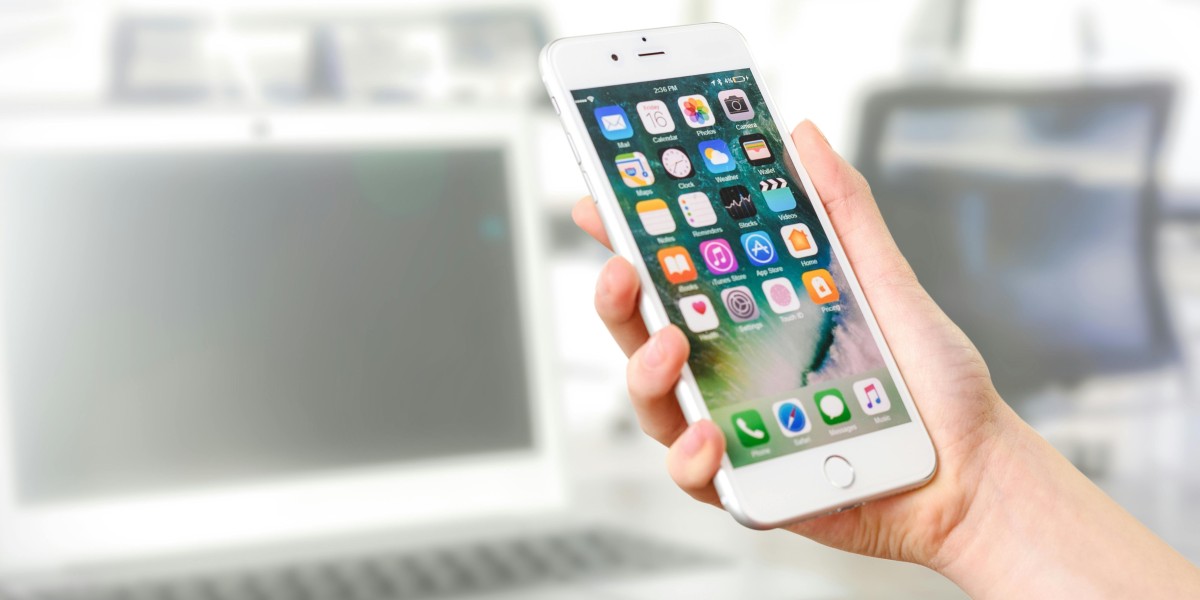In a world where mobile communication is ubiquitous, ensuring the security and integrity of sensitive environments has become a significant challenge. While the benefits of mobile phones are undeniable, their widespread availability presents risks in specific contexts where unauthorized communications can lead to serious security breaches, operational disruptions, or illegal activities. One effective technological countermeasure is the use of cell phone jammers, devices designed to block or disrupt mobile signals, thereby preventing unauthorized communications in defined areas.
This article explores the role of cell phone jammers in preventing unauthorized communications, their practical applications, and the challenges surrounding their use.
Understanding Cell Phone Jammers
Cell phone jammers work by emitting signals on the same frequencies as mobile phones, effectively creating interference that prevents devices within the jammer's range from connecting to cellular towers. When active, mobile phones in the jammer's vicinity are unable to make calls, send text messages, or access the internet.
The range of jammers varies significantly, with some designed to cover small areas such as individual rooms, while others can block signals across large outdoor areas. The jamming effect is temporary, only lasting as long as the device is in operation, and ceases once the jammer is deactivated.
Key Functions of Cell Phone Jammers in Preventing Unauthorized Communications
Blocking Criminal Coordination In high-security environments, such as prisons or law enforcement operations, the use of cell phones by unauthorized individuals can facilitate illegal activities. In prisons, for instance, inmates may use smuggled phones to coordinate criminal actions both inside and outside the facility, engage in illicit trade, or even threaten witnesses. Cell phone jammers serve as an effective barrier, ensuring that unauthorized communications are blocked and criminals are unable to use mobile devices for nefarious purposes.
Enhancing Security in Government and Military Operations For government buildings, military bases, or during sensitive operations, cell phone jammers are employed to prevent the leaking of classified information. Mobile phones can be easily used for eavesdropping, photographing, or recording confidential meetings, or even transmitting real-time information to unauthorized parties. The use of jammers ensures that communications are controlled, and only authorized devices on secure channels are operational.
In military operations, mobile phones can be used to trigger remote-controlled explosives. By jamming communication signals in areas where troops are stationed or where operations are being conducted, the risk of such threats can be minimized, making jammers a valuable tool for protecting personnel and infrastructure.
Preventing Cheating and Data Theft Educational institutions and corporate environments face challenges when it comes to ensuring the integrity of examinations or safeguarding proprietary information. During exams, students may attempt to use mobile devices to access information or communicate with others to cheat. Similarly, in corporate settings, employees or visitors might use mobile phones to steal confidential data or share sensitive information. Cell phone jammers prevent such unauthorized communications, helping to maintain the integrity of exams or the confidentiality of business operations.
Suppressing Remote Control of Drones In recent years, cell phone jammers have played a role in protecting sensitive areas from drone threats. Many commercial drones rely on cellular signals for communication or GPS navigation, and jammers can be used to disrupt the connection between the drone and its operator. This is particularly important in environments such as airports, military installations, or public events where unauthorized drones could pose security or safety risks.
Legal Considerations and Challenges
While the use of cell phone jammers provides a powerful tool for preventing unauthorized communications, their deployment is subject to strict regulations in many countries. In the United States, for example, the Federal Communications Commission (FCC) prohibits the use of cell phone jammers by private individuals and organizations, allowing only certain government agencies to employ them in specific circumstances. The concern is that widespread use of jammers could interfere with essential services, such as 911 emergency calls, and disrupt legitimate communications in public areas.
Similarly, European Union regulations restrict the use of cell phone jammers to ensure public safety and the availability of emergency communications. However, in certain environments, such as prisons, examination centers, or military zones, exemptions may be granted for the use of jammers under controlled conditions.
Ethical Implications
In addition to legal restrictions, there are ethical considerations regarding the use of cell phone jammers. Critics argue that indiscriminate jamming could block essential communications, particularly in emergencies where individuals need to call for help. For example, in the event of a medical emergency, a jammer could prevent someone from reaching emergency services, potentially putting lives at risk. Therefore, it is crucial that jammers are used responsibly and in well-defined areas where the risk to public safety is minimized.
Best Practices for Implementing Cell Phone Jammers
For organizations considering the use of cell phone jammers to prevent unauthorized communications, several best practices should be followed:
Compliance with Local Regulations: Before deploying any jamming technology, it is essential to understand and comply with local laws and regulations. Unauthorized use can result in legal penalties and significant fines.
Targeted Use in High-Risk Areas: Jammers should only be used in high-risk or sensitive environments where the need for security or privacy outweighs the potential disruption of legitimate communications.
Clearly Defined Areas: Ensure that jammers are deployed only in clearly defined areas, such as meeting rooms, exam halls, or prisons, where unauthorized communication is a concern.
Safety Considerations: Consider the impact on emergency services and ensure that alternative methods of communication are available in case of an emergency within the jammed area.
Conclusion
Cell phone jammers play a crucial role in preventing unauthorized communications in environments where security, privacy, and operational integrity are paramount. By blocking mobile signals, jammers help safeguard sensitive information, prevent illegal activities, and ensure that critical operations are conducted without the risk of interference from unauthorized mobile communications. However, their use must be carefully regulated and balanced with public safety concerns, ensuring that they are deployed responsibly and within the bounds of the law.













